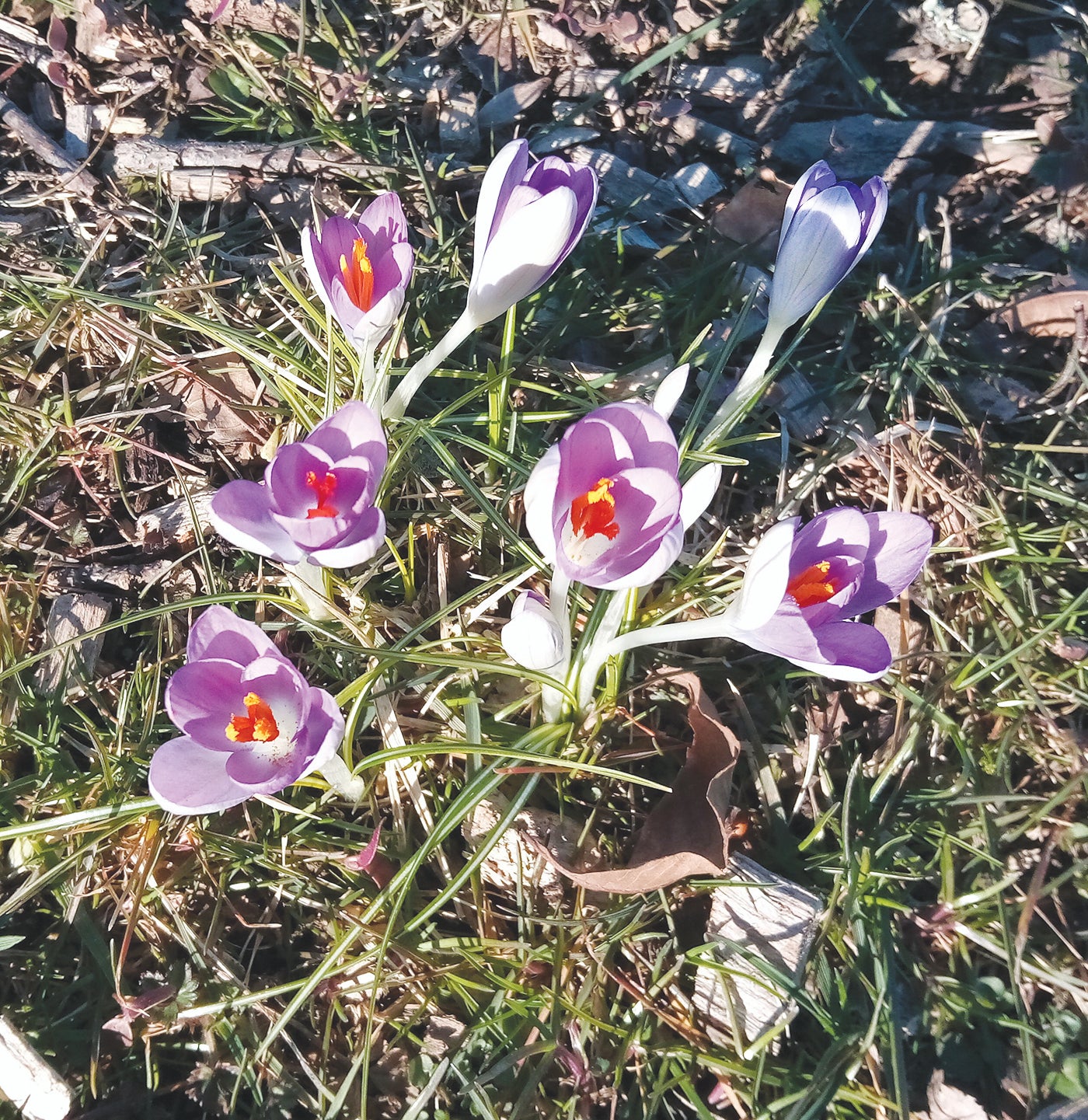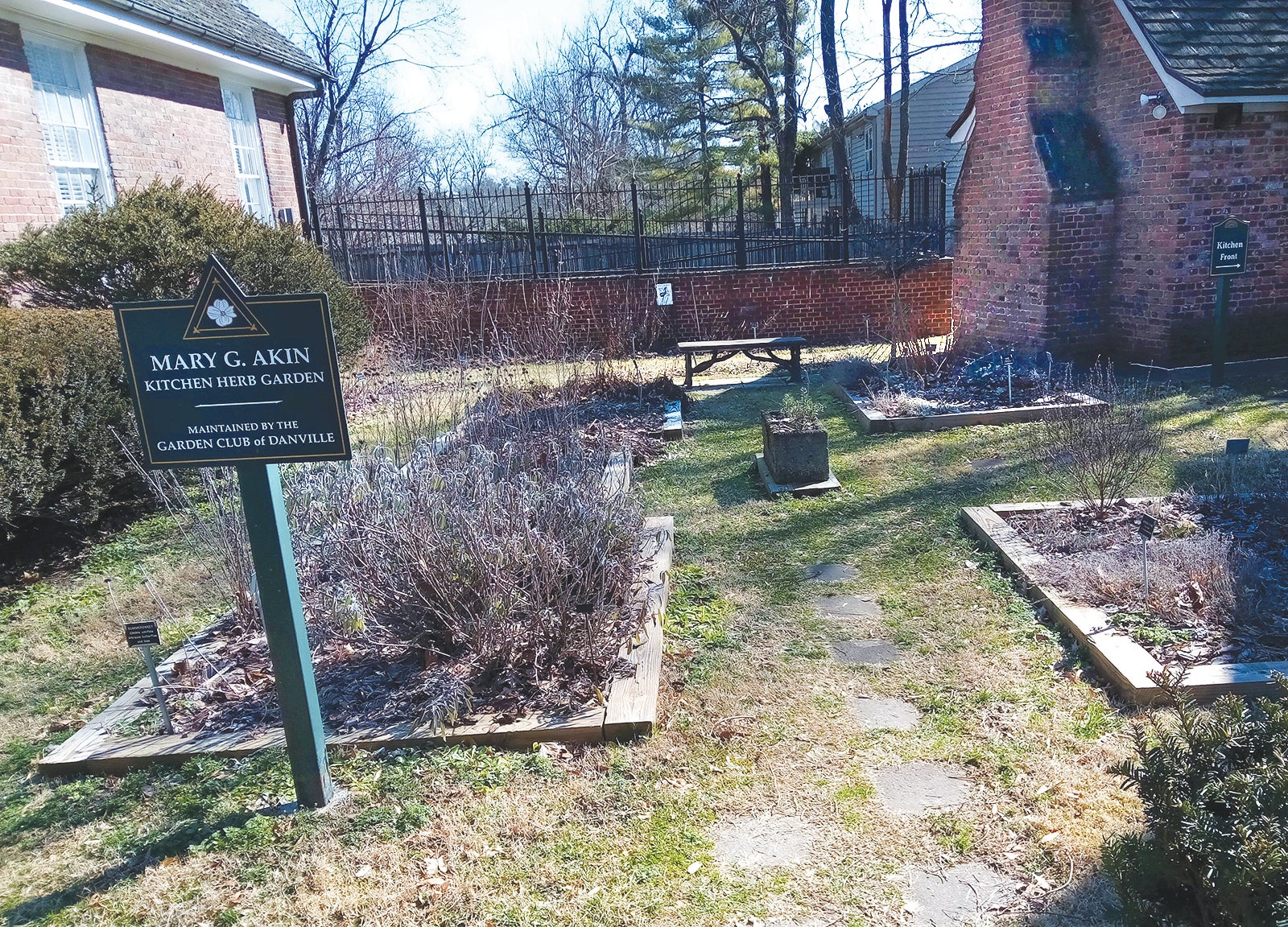Scoop: The glories and chores of spring
Published 12:40 pm Sunday, March 7, 2021
BY SUSAN JONAS
Garden Club of Danville
The best thing about February in Kentucky is that it feels so good when it’s over. Emerging from the tunnel of gloom of that cold, wet, windy month felt exhilarating. The first moderately warm and sunny day is a rebirth. Ah! Spring is almost here.
Those precious little wild purple crocuses are popping up all over town, snowdrops are here, and a few brave daffodils are up and at ‘em.
Mother Nature has been busy pruning so anyone with mature trees has been picking up sticks and small branches for weeks. Thanks to our recent ice and snow, you may well be clearing up larger branches, or mourning the loss of entire trees.
This is a good time to start a brush pile in an out of the way corner of your yard. It will offer food and protective covering for insects, birds, and other small creatures. If you stack the branches neatly in a mound or teepee shape it needn’t look messy.
A brush pile is the perfect spot, too, for the results of your vigorous spring pruning. We are going to get that done for sure this spring, aren’t we? This is the perfect time for it, before the branches leaf out, while you can still see the branch structure of each shrub or tree.
Shrubs that sprout from the base, like forsythia, lilacs, and ninebark should be cut back hard in the spring. No, I don’t mean chop off the tops of branches to make a ball. I much prefer to let shrubs grow in their natural shape, which in many cases is like a vase or fountain.
Ideally, one third of the oldest branches should be cut off at the base every year, so that no part of the bush is more than three years old. This keeps the shrub from getting too big and assures vigorous new growth with more blooms.
The best time to start this process is when the shrub is new, but if it has gotten out of hand, you can even cut it back to the ground and start over.
While you’re at it, remove all branches that grow towards the center of the plant or that cross and rub against other branches. Plants thrive when sunshine can reach every leaf, so thin crowded branches.
Instructions for pruning specific trees and shrubs are too varied to describe here. If you’re uncertain how to go about it, free instruction sheets are available at the Boyle County Cooperative Extension Service, 99 Corporate Drive, or contact Alexis Amorese Sheffield, Agent for Horticulture at 859-236-4484 or alexis.amorese@uky.edu.
When you prune your shrubs and trees, try bringing some of those branches inside to force for early flowers and fragrance. Even without blooms, the bright green leaves are beautiful. Buds will usually come out of dormancy after two to three weeks of warmth and moisture inside, less time later in the season.
Forsythia is the most commonly forced shrub, and it is practically foolproof. There are many others to try, such as lilacs, spice bush, fothergilla, flowering quince, witch hazel, Bradford pear, crab apples, cherries, redbud, star magnolia and willows, for their fuzzy catkins.
Keep in mind that shrubs are generally easier to force than trees so give it a try. It won’t cost you anything to fail, and the rewards are great when you succeed.
I hope you left at least some plants standing last fall for wildlife food and habitat and to protect butterfly eggs, chrysalises and hibernating caterpillars. Now you may be wondering when it is safe to begin cleaning up those scraggly borders.
I asked Linda Porter, for advice. Linda, a member of the Garden Club of Danville, is also Butterfly and Pollinator Chair for the Garden Club of Kentucky. She described what she does in her own Monarch Waystation and native plant habitat.
Linda’s spring cleaning is done in batches. She first clears around the early spring wildflowers, so they can bloom freely. Be gentle – young plants are tender. This debris she collects and piles loosely in the back of her garden to give any hidden insects a chance to emerge.
She waits until daytime temperatures have been above 65 degrees for at least five days before beginning more cleaning. This gives the butterflies a chance to come out of their hibernation or chrysalises.
When you start seeing bees and small butterflies it is safe to begin clearing away some debris. This also can be piled loosely in an out of the way spot until late spring.
Linda’s Monarch Waystation is the last to be cleared. The plants there are the last to grow and bloom. These sun natives are the toughest and don’t mind being under debris a bit longer. Material that was heavily matted by our recent snow, or by wet leaf debris, should be removed now to prevent mildew or rot.
We haven’t left winter completely behind yet, but signs of spring are everywhere and will increase now by the day. Get out there, pruners and rakes in hand, and enjoy it!







